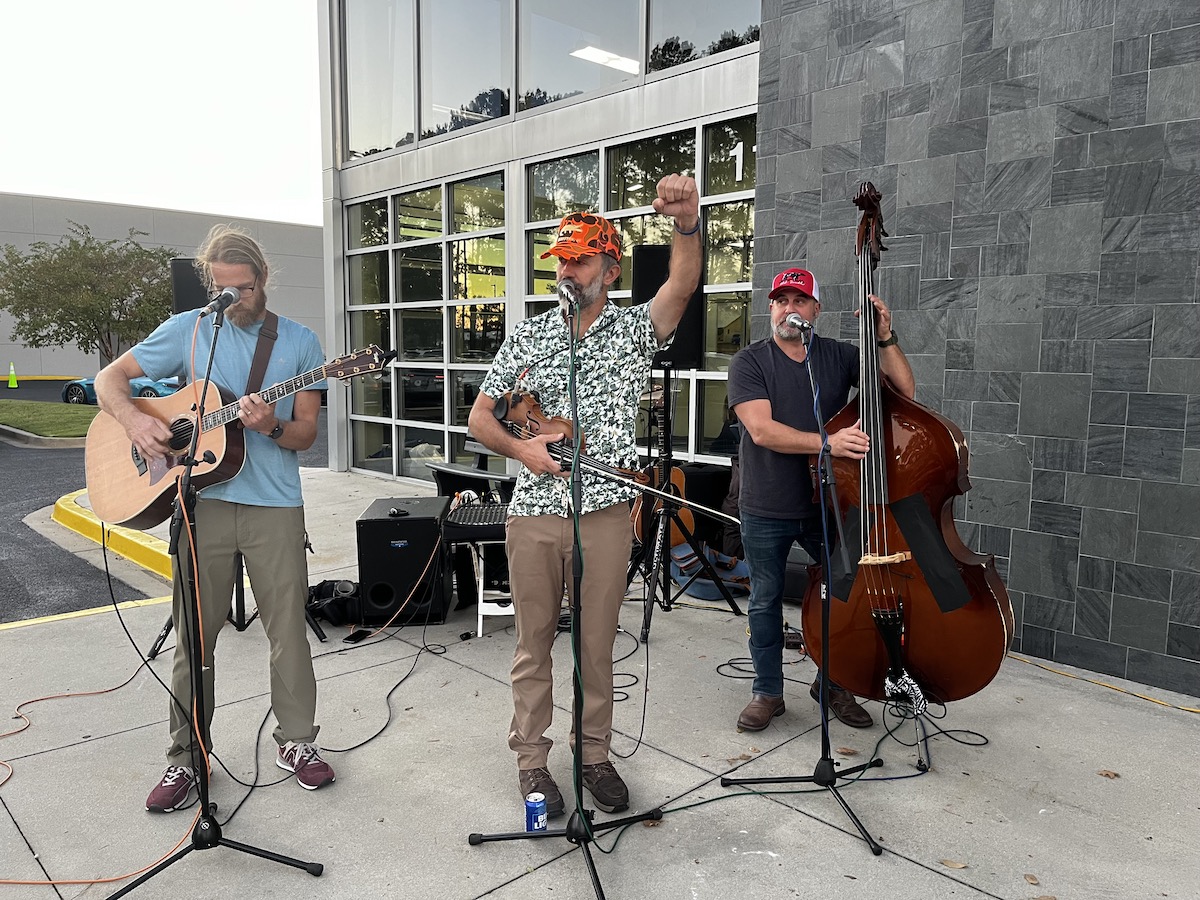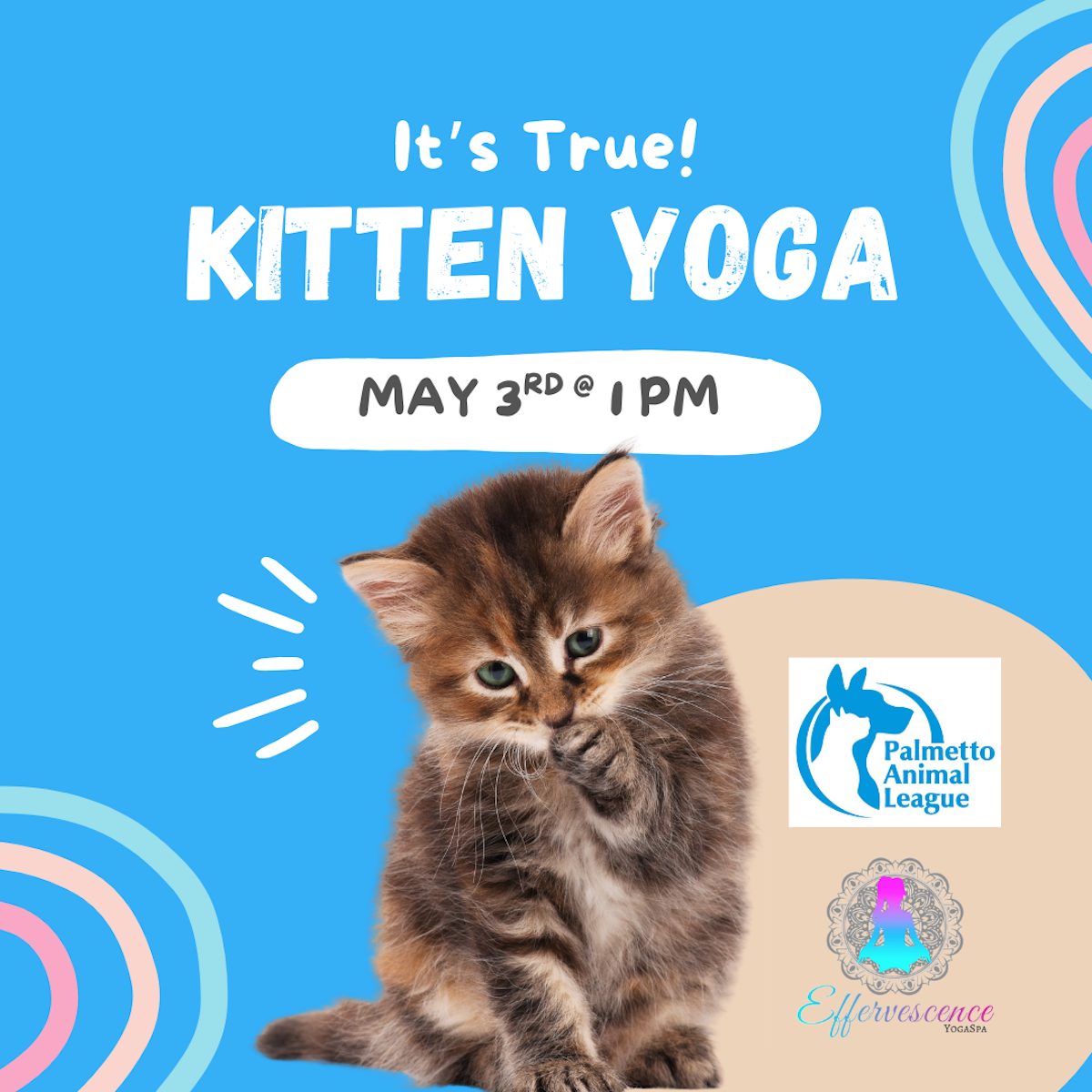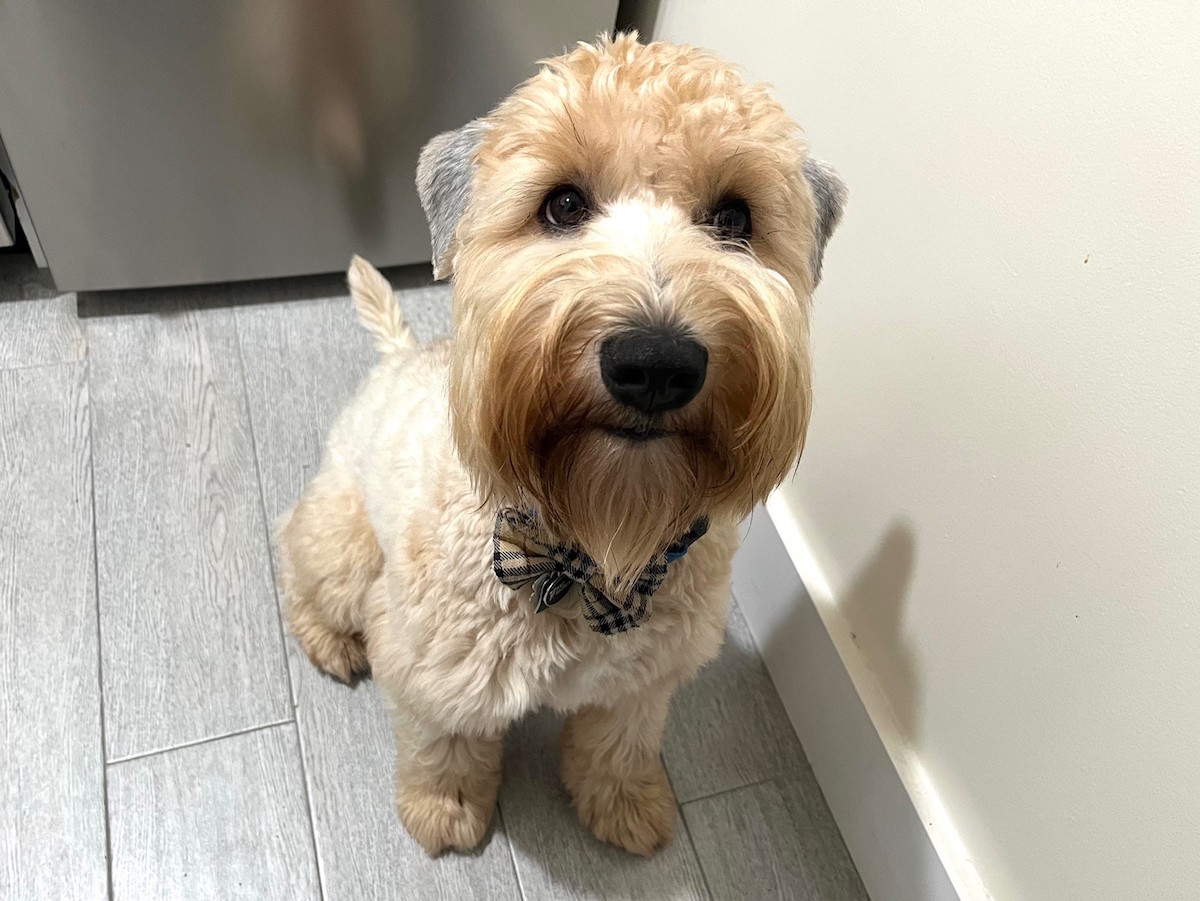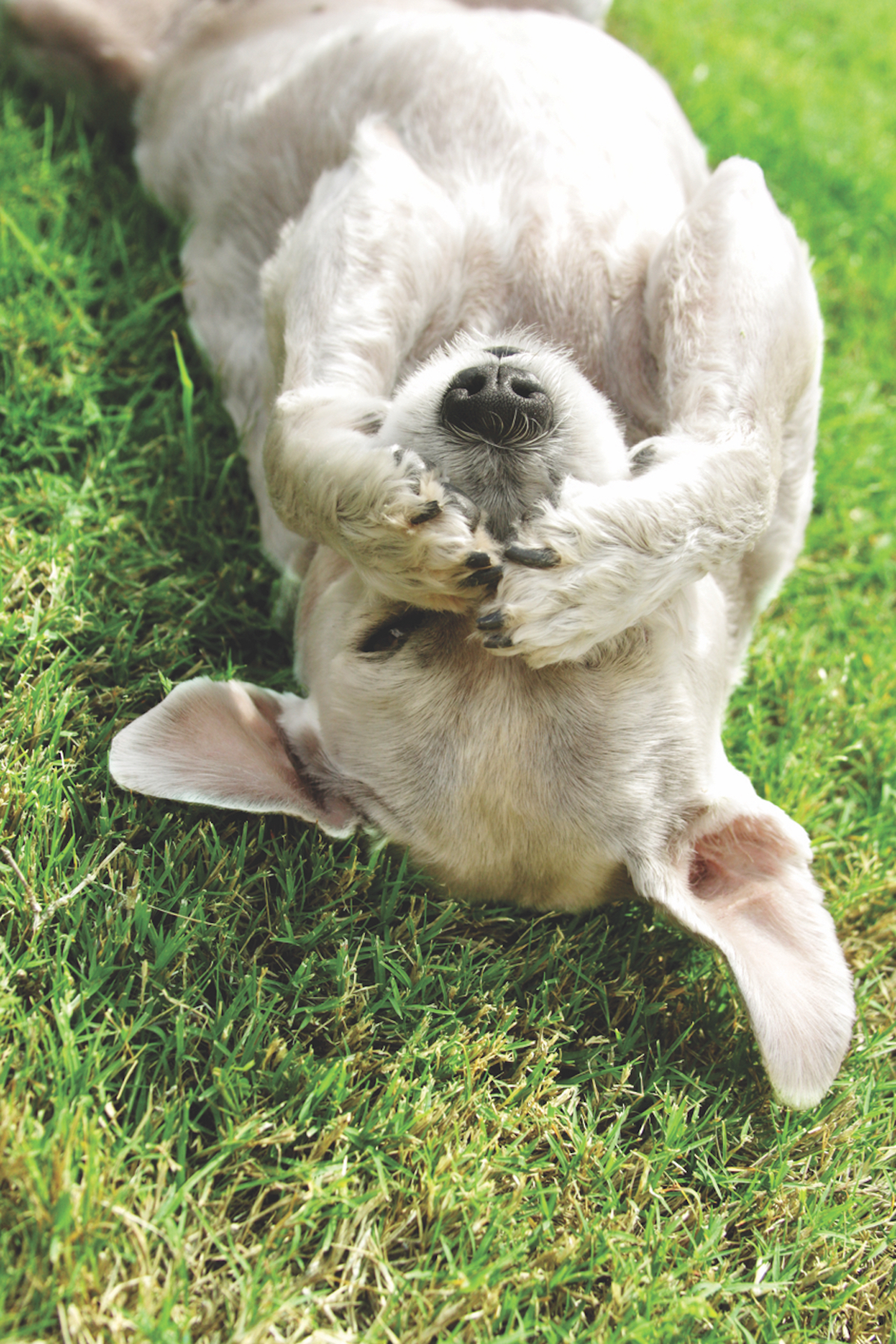By Tracie Korol
The Springer girls (B-1 and B-2) came to visit last weekend. Pooh, neighbor dog and perennial concierge of Casa del Tracie, was a little too interested in B-1’s business end in the initial meet-and-greet. Quick as a wink B-1 spun around, stared straight into Pooh’s eyes and rested her forepaw across his shoulders. There was no mistaking her message: “Think again, pal.” Pooh backed off immediately with his own body language (behind vertical, lowered) that clearly said “Hey, sorry. My mistake.” And from there, Pooh bounced into a classic play bow and a good time ensued with no additional negative exchanges.
English is a second language for our Best Friends. Their first language is body talk, a form of communication that quite clearly says exactly what they mean. Our problem is that we tend to listen with our ears instead of our eyes and miss much of what our dogs are saying. The more we learn about our dogs’ subtle body language, the better we will be at reading them and intervening, if necessary before our dogs are compelled to resort to growling, snapping or biting. But here’s the catch — this is a complex language. Various parts of a dog’s body work together to communicate different messages. You want to be especially aware of the eyes, ears, mouth, tail and the dog’s posture.
For instance, we all know a wagging tail means a dog is friendly, right? Not necessarily. Dogs say lots of things with their tails — and not all of them are nice. A dog that is wagging her tail might be happy, interested, or confident, but she also may be scared, confused, or ready for a fight. When you see a dog whose tail is wagging wide and fast, the message is almost always, “Glad to see you!” This is a happy, excited dog. On the other hand, a dog holding her tail loosely but horizontally wants to know a bit more about you. She might not be ready to welcome you with a big lick, but she’s not going to challenge you, either. The same is true of a dog whose tail is wagging slowly. She’s still deciding whether you are a friend or foe. Watch out, though, for a dog whose tail is bristling or is held high and stiff, wagging fast. This dog is agitated and probably means business.
Dogs communicate with both ends of their bodies. A cock of the head or twitch of the ears indicates interest or alertness, but sometimes fear. When a dog hears or sees something new or exciting, her ears will go up or forward. Is a dog’s head down and her ears back? She’s scared or submissive. Sometimes, the fur along the neck and back of a frightened or submissive dog will bristle, too. Be especially careful approaching a dog in this mood. She might be timid or shy, but if she feels cornered, she’s capable of launching an attack in self-defense.
Watch your dog’s facial expression for more clues on how she’s feeling. You might even catch her smiling — pulling the corners of her mouth back to show the teeth. Don’t confuse this look with the snarl, a raised upper lip and bared teeth. A snarl is a definite threat gesture, but dogs probably smile for the same reason we do: to let folks — or other dogs — know they don’t mean any harm.
Sometimes a dog uses her entire body to deliver her message. Rolling belly-up, exposing her neck and genitals, means, “You’re in charge.” An especially submissive dog may also urinate to express her deference to you or to another dog. The play bow, Pooh’s favorite posture, is the classic canine invitation to fun and games: down on the front paws, rear end in the air, tail wagging. She may even paw the ground or bark in the attempt to lure you or another dog into play.
For fun, go to www.talkingpets.ca/en/speakdog.aspx for an interactive demo of what our pets are really trying to say.






